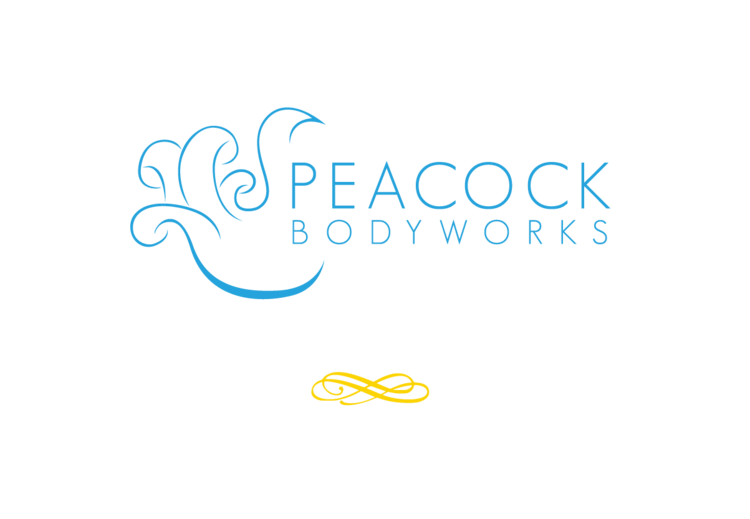“Shin splints” is a blanket term used to describe overuse or repetitive stress injuries that result in pain along the shin bone in the lower leg (the tibia). There are many conditions that fall under this term, including medial tibial stress syndrome, tibial stress fractures, anterior compartment syndrome, and micro tears in the muscle and/or fascia around the tibia. The common issue shared by the various shin splint conditions is some degree of inflammation in areas where muscle tendons connect to the layers of connective tissue that surround the bone.
Shin splints usually cause a dull, aching pain at the front or along either side of the tibia. The area may feel hot, swollen, and tender to the touch. In the early stages, the pain may improve with exercise, but return later. As the condition progresses, pain may become constant and increase with exercise. Small, hard bumps may also become palpable along the bone.
Shin splints are common among runners and dancers and are usually the result of progressing too quickly in a new sport or suddenly changing a workout routine without allowing time fore the body to adjust. They can also be caused by poor biomechanics, insufficient rest, and using improper or worn out footwear. When starting or changing an exercise routine, shin splints can be avoided by focusing first on proper form and by increasing the intensity level slowly over time.
The best self care for shin splints is ice and rest. Ice should be wrapped in a thin towel and applied for 15-20 minutes. Allow at least 1 hour for tissues to warm up before reapplying. Depending on circumstances, rest may mean anything from continuing light exercise (such as walking) to completely avoiding weight bearing activities. If rest and ice do not lead to an improvement in symptoms, please seek medical advice.
Massage therapy can be a helpful tool in the recovery from shin splints. Tibial pain can be caused by tension, restriction, and trigger points in the muscle and fascia of the lower leg which massage can help to relieve. Massage can also help to maintain the health of the muscle and fascia which will reduce the chance of further injury and keep any scar tissue mobile and pliable. If the shin splints occurred due to a biomechanical problem, massage can be useful as part of a program to correct postural imbalance and develop proper form.

